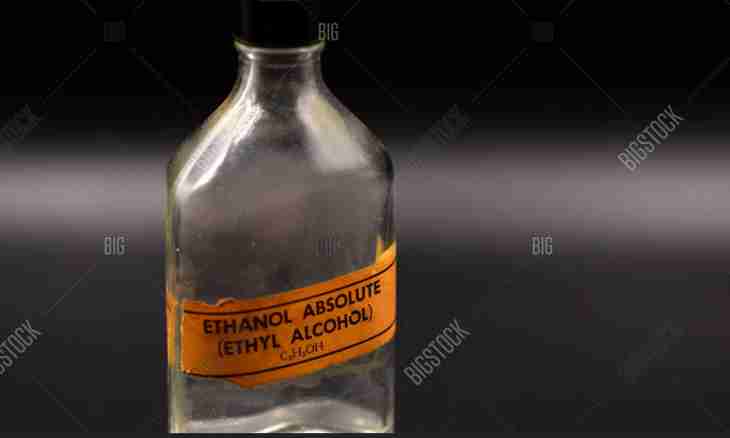Ethanal and ethanol carry to different classes of organic compounds. Ethanal is an aldehyde, and ethanol is included into group of one-atomic alcohols. There is a number of high-quality reactions thanks to which it is possible to distinguish acetic aldehyde and ethyl alcohol, for example, during a chemical experiment or when losing labels from bottles.
It is required to you
- - copper delay;
- - silver nitrate;
- - alkali;
- - ammonia solution;
- - flask, test tubes;
- - heating devices.
Instruction
1. To distinguish the offered substances rather authentically to reveal only one of them. The second will be defined by process of elimination. The simplest reaction which can be carried out on definition of ethyl alcohol (ethanol) is its interaction with oxide of copper (I). This reaction can be made easily even in house conditions.
2. Take a usual copper delay, make an eyelet on its end and calcinate on the tribe of a torch, spirit-lamp or ring. Perform the same operations with the second wire. As a result of oxidation they will become covered by a black raid - it is and there will be a copper oxide. In the received look omit them in the container with the defined substances. In one of them the delay will gain again the initial color and gloss as there will be a restoration of copper from copper oxide. Emergence of a characteristic unpleasant smell of acetic aldehyde will be one more confirmation of availability of ethanol. In interaction of ethyl alcohol with oxide of copper acetic aldehyde, copper and water is formed. Define the second substance (ethanal) by process of elimination.
3. For reliability it is possible to carry out in addition the high-quality reaction characteristic of aldehydes. It is reaction of a silver mirror which represents silver restoration in pure form from ammoniac solution of oxide of silver (Tollens's reactant). For obtaining good result the ware for carrying out an experiment has to be ideally clean, otherwise often experience does not work well. Fill a flask on ¼ nitrate of silver then add alkali (for example, hydroxide of potassium or sodium) then small doses flow ammonia solution. Very carefully add to the formed solution, pouring on a flask wall, acetic aldehyde (ethanal). Put the received solution on a water bath (it is admissible to lower a flask in the container with the boiling water). Formation of a silver covering which represents the thinnest beautiful layer of silver will be observed after a while.
